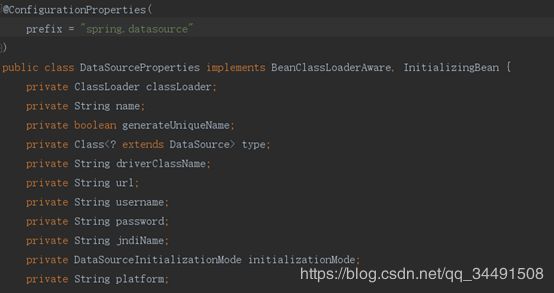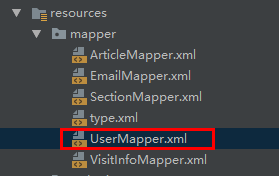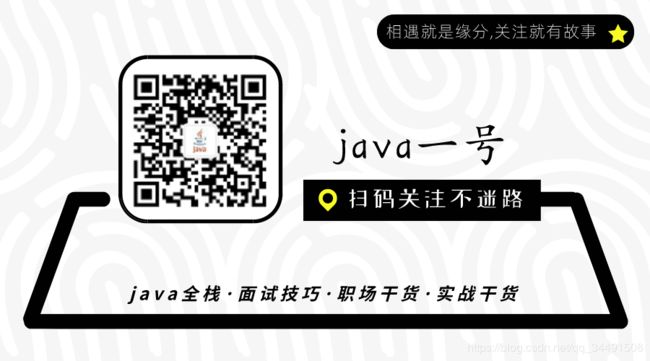概述
Springboot通过整合Mybatis对数据库进行相关操作,这里数据库连接池还是使用Springboot默认的连接池tomcat.jdbc.pool,我们不再配置Druid或者其他连接池,关于Springboot如何整合Druid或者其他连接池,后面鹏哥会给出。
整合
导入数据库驱动依赖
当然,依赖可以通过idea中的Sping插件创建项目时候快速选择即可,配置文件中配置数据源信息
注意:我们这里配置完成后,Springboot是如何加载这些信息的呢?这就涉及到Springboot自动配置原理,启动之后boot中的数据源配置类,如下会自动给我们配置
接下来就是开发了,mybatis可以通过注解开发也可以通过写xml文件的形式开发
注解的方式开发:
创建一个接口UserMapper,如下:
@Select、@Insert、@Update 以及 @Delete 四个注解分别对应 XML 中的 select、insert、update 以及 delete 标签,@Results 注解类似于 XML 中的 ResultMap 映射文件,@SelectKey 注解可以实现主键回填的功能,即当数据插入成功后,插入成功的数据 id 会赋值到 user 对象的id 属性上。
UserMapper 创建好之后,还要配置 mapper 扫描,有两种方式,一种是直接在 UserMapper 上面添加 @Mapper 注解,这种方式有一个弊端就是所有的 Mapper 都要手动添加,要是落下一个就会报错,还有一个一劳永逸的办法就是直接在启动类上添加 Mapper 扫描,如下:
xml方式开发
首先还是要创建一个接口UserMapper
然后创建UserMapper.xml
此时,关于UserMapper.xml放置的位置有两种:
第一种直接放在和UserMapper接口相同的位置
这样的方式有个问题就是maven在打包项目的时候,java目录下的xml资源不会被加载,所以如果放在同接口相同的位置,需要在pom.xml文件中增加如下配置,避免扫描不到xml文件
第二种:放在resources下面
放在 resources 目录下,这样就不用担心打包时被忽略了,记着在mapper接口类使用mapper注解,app启动类配置mapperscan注解
还需在配置文件中告诉mybatis去哪扫描mapper
至此 Springboot整合mybatis完成,有疑问可以关注我的公众号 java一号 联系
个人独立站点: www.javayihao.top



